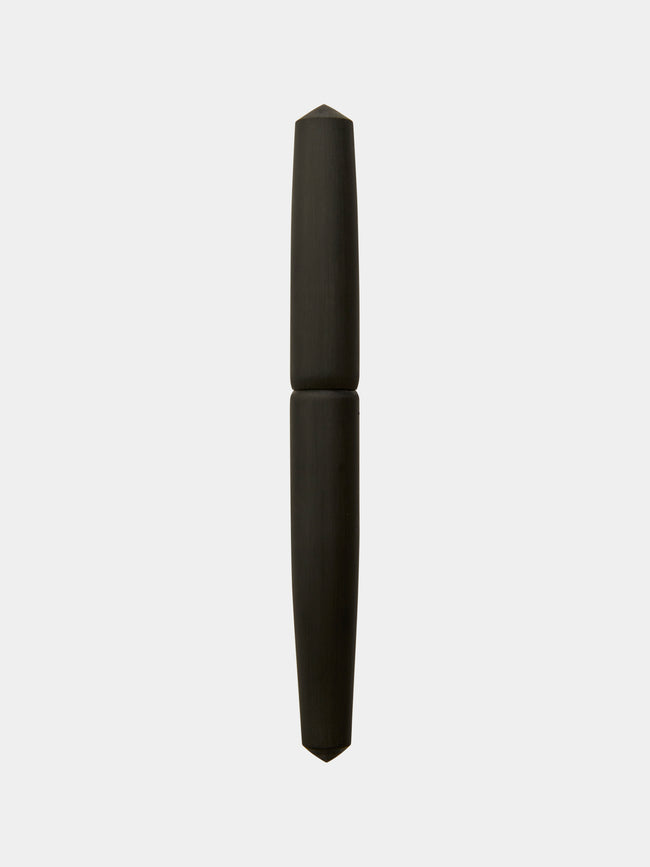
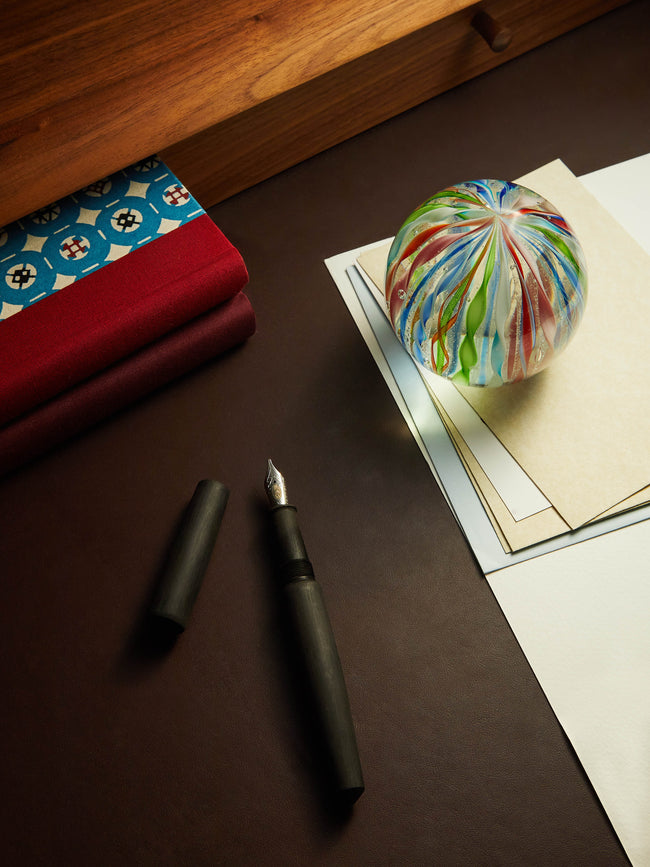
R A W
Resin Fountain Pen
£195
Only at ABASK
FREE DELIVERY on all orders over £200 and FREE RETURNS
FREE DELIVERY on all orders over £200 and FREE RETURNS

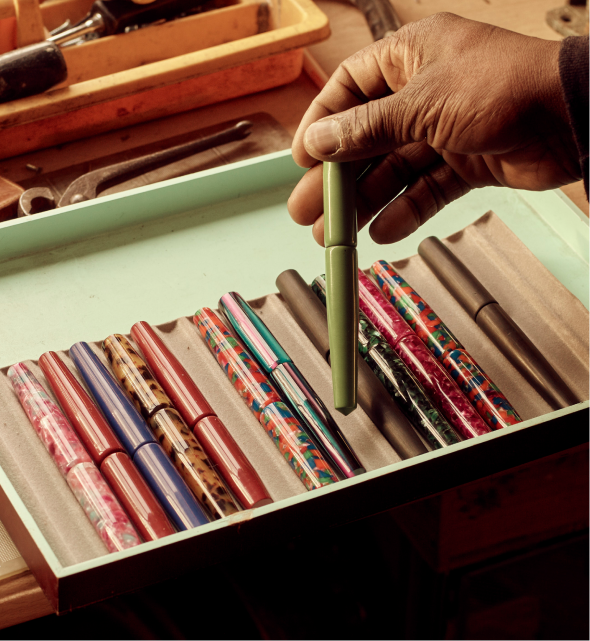
Exchanging handwritten missives may be vanishingly rare in these days of text, email and voice-note, but the simple joy of letter writing is a salve for the soul that we need now more than ever.
The act of putting pen to paper is a ritual that forces the mind and the hand to slow. Taking time to select the right paper and pen, for thoughts to percolate, and then formulate on the page, requires a care and attention that supersedes the frantic tap, tap, tap of a keyboard. Some of the greatest literary minds sharpened their wordplay with correspondence writing, and a slew of studies have shown that the process of forming letters by hand, rather than on a computer, ignites greater neurological activity, cognitive understanding – and even generates more creative ideas.

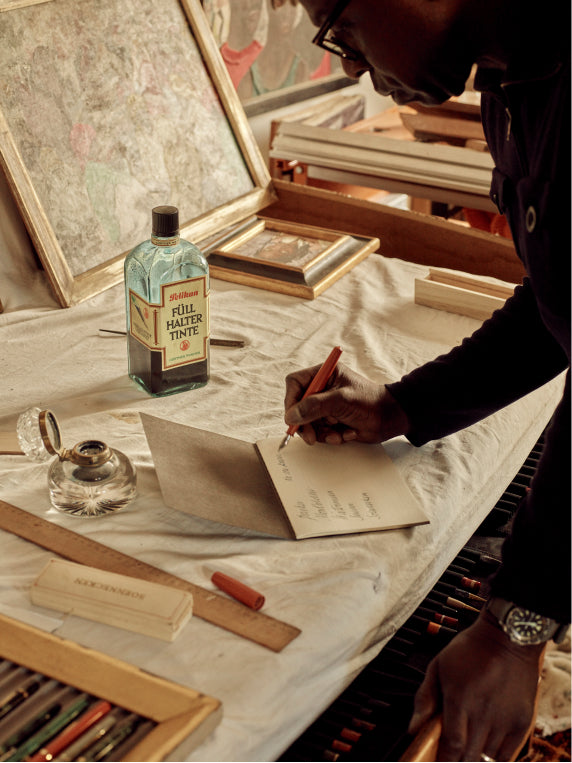
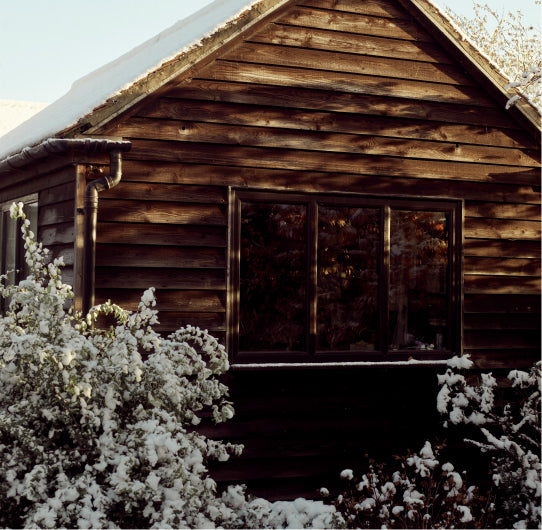
One person who needs no convincing of the superlative power of handwriting is Ray Walters. Working from the garden studio of his Hertfordshire home, Walters has
been dedicated to the wonder of the pen for much of his life. During a tour of the United States in 2012, his curiosity was piqued by an advert for the Miami Pen Show – a stadium sized showcase of the world’s finest pens, inks and paper paraphernalia – and he went along. “It blew me away,” says Walters, who the following year transitioned from his successful career in fashion buying and product development to set up his own business, sourcing and selling vintage fountain pens around the world.
Ray Walters
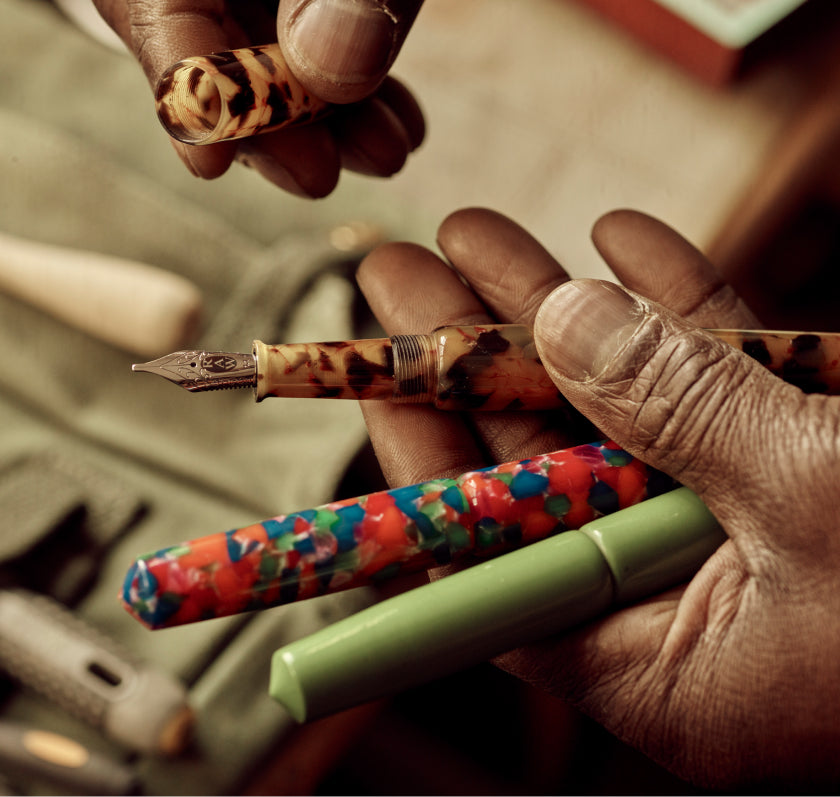
More recently, with RAW – an acronym of his name, Ray Archibald Walters – he has developed his own unique collection of fountain pens. It draws on the wealth of knowledge he has built up ever since he began collecting fountain pens at the age of 18, when he invested in a Parker 51 (just like his mother’s) in the hope of improving his own handwriting. Something clicked: “I took more time to write, it was a slower process, to consciously form the letters and write more accurately,” says Walters. “It wasn’t until I invested in a decent pen that I realised how pleasurable writing could be – the beauty of the materials, the feel of the pen in your hand. It had this almost ceremonial quality that was fascinating to me.”
Walters’ connection to the realm of letter writing runs similarly deep. Born in Jamaica, he lived with his grandmother, before joining his parents to live in England at age 7. One of his strongest memories is the elation of seeing his grandmother’s airmail letters land on the doormat in London from the Caribbean. Later, while studying at military school in Wales, he would routinely correspond with his parents.
Letters were his link to the outside world, he explains. He’ll never forget being dumped by letter at 17. “Letter writing has always been an important part of my life. It was about the anticipation. You wrote with purpose and intent, and waited for the reply. To me, it encourages a slower and more deliberate way of living.” Nowadays, says Walters, a handwritten note or letter is a chance to stand out amongst a tsunami of emails.
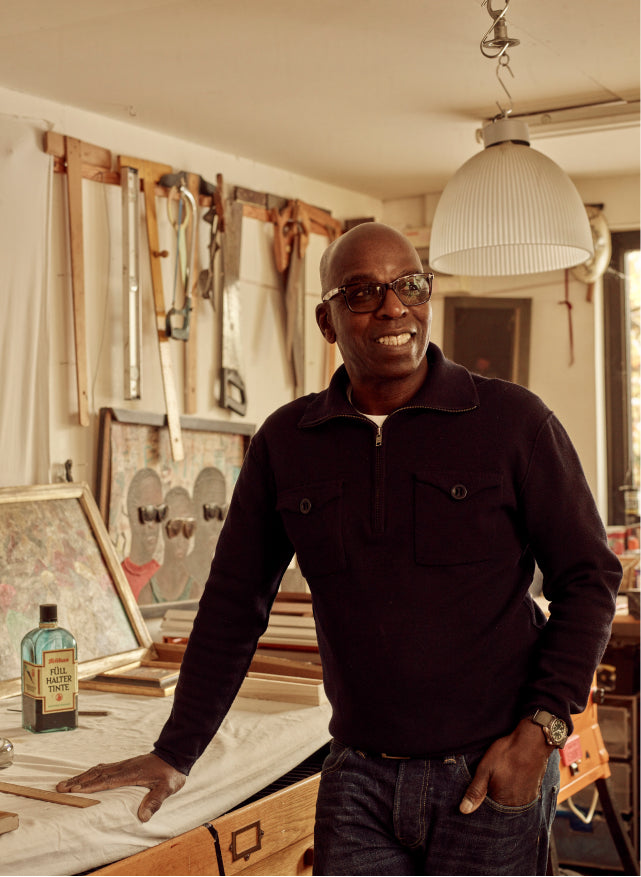
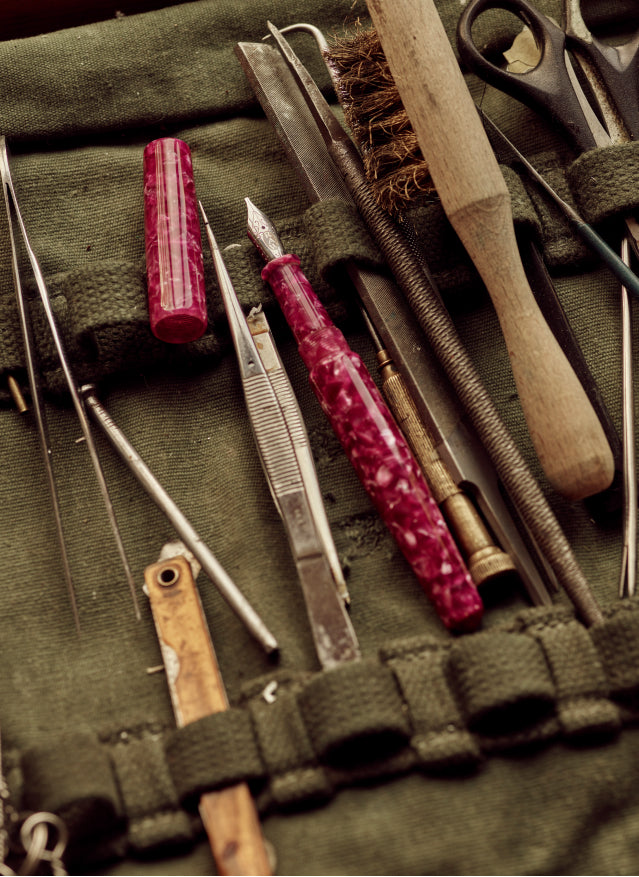
Ray Walters
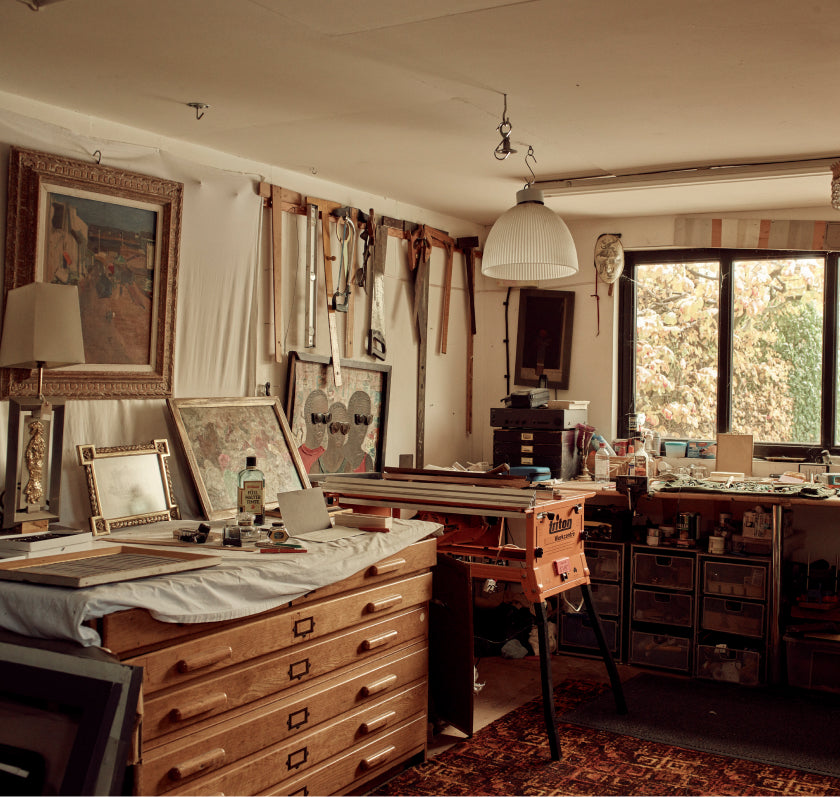
Walters’ journey, which began with the Parker 51, has today evolved into a personal archive of more than 80 vintage pens. He has a particular fondness for 1950s Montblancs. His fervour for the high-calibre materials and elegant nibs of these vintage fountain pens is what ultimately gave rise to RAW. When, a few years back, he had a pen custom made for himself and ended up selling it repeatedly to clients, he knew he was on to something.
Formed first from bog oak wood, and later vulcanised rubber, he says: “I wanted to create pens with a broader appeal.” He introduced eyecatching tones and patterns – from a jolly ‘Fruit Salad’ to the chicly monochrome ‘Humbug’ – that form a vivid counterpoint to the conservative styles that had long dominated the market. Created without a clip, the RAW pen draws from the clean simplicity of a Japanese design, with a cigar shape that is pleasing to hold.
Walters works with artisans across the globe to source materials, including specialist precision German nib makers and English engravers, before assembling the pens in his studio. He fine-tunes each nib by hand, using a micro mesh to ensure smoothness as the ink meets the paper. The nib has also been trialled
by a series of professional calligraphers to check that they’re dextrous enough to suit any writing style.
“Selecting a pen should be like going to the tailors,” says Walters. “It needs to look good, but also feel good.” When it comes to writing materials, Walters advises avoiding paper below 80 gsm, and encourages buyers to be experimental with their inks. Saddle brown, imperial purple and majestic blue are some of his favourite hues. Although high-end vintage fountain pens can be worth anything in the region of £15k at the upper end of the vintage market, for Walters, it’s more about investing in yourself than anything else. Time to write that letter.
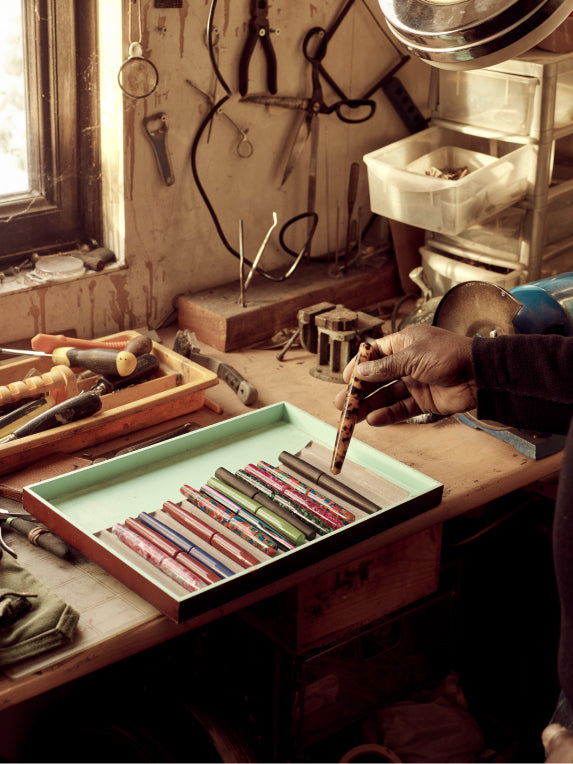
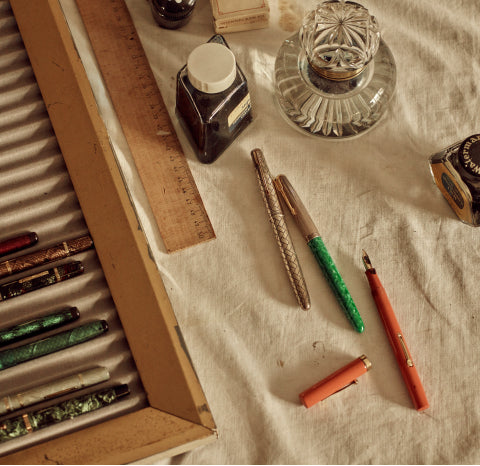
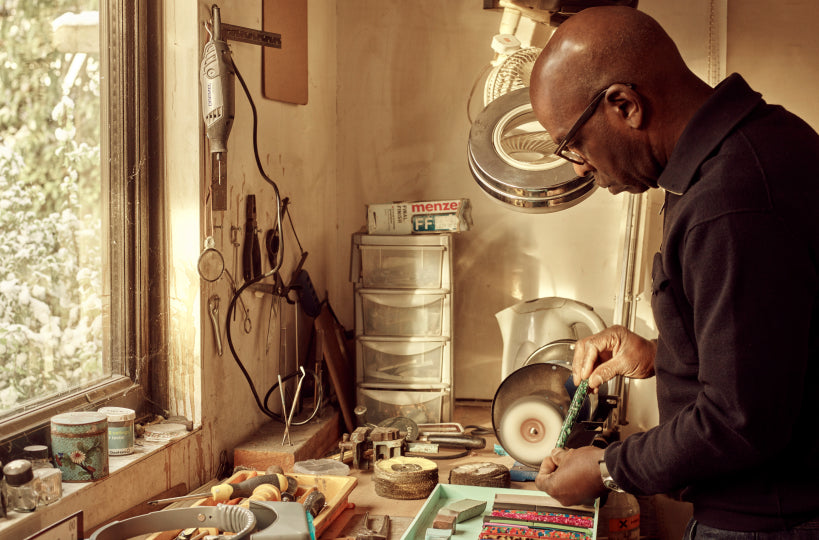
Photographs by Emma Lee
Spend £200 more to enjoy free delivery
Your Shopping Bag is currently empty